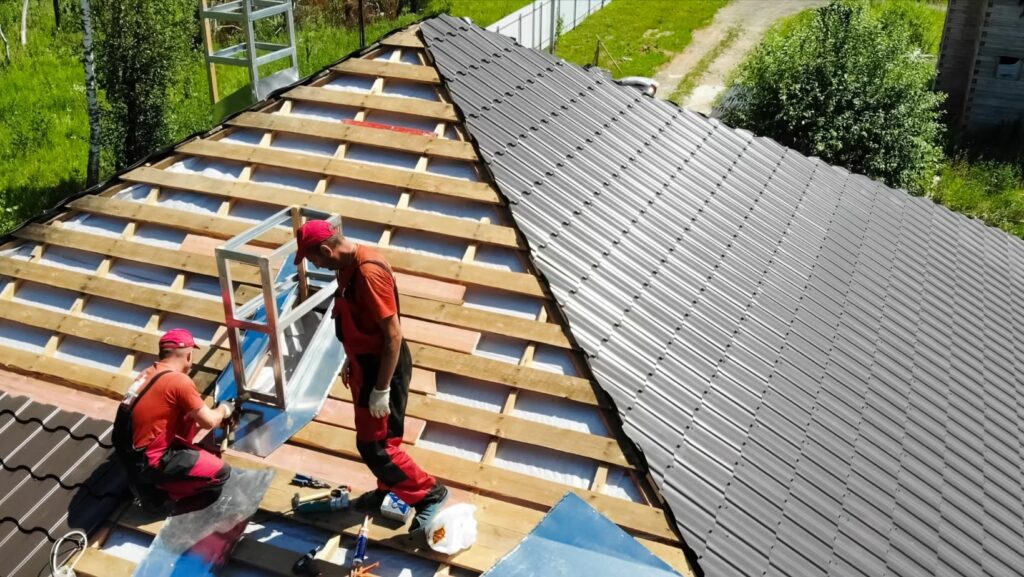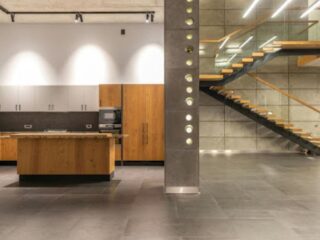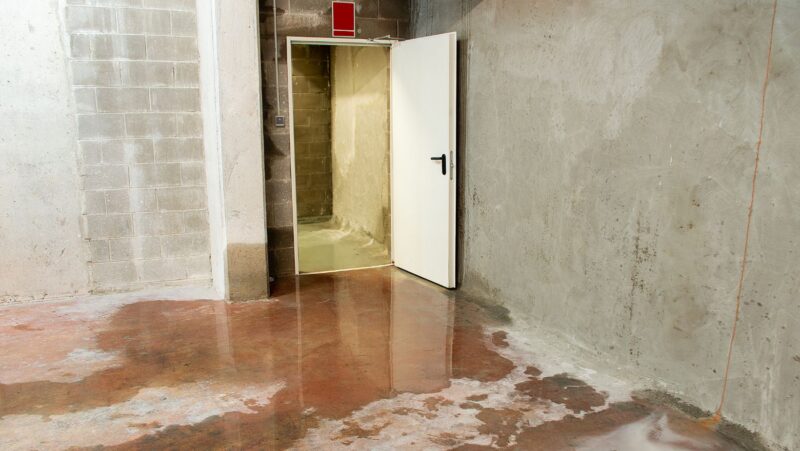
Concrete, one of the most widely used materials in construction, has been around for thousands of years, and despite its long history, the field of concrete technology is continuously evolving. Recent innovations have led to the development of advanced materials and techniques that offer enhanced performance, sustainability, and efficiency. As a leading Calgary Concrete Contractor, we’ve seen firsthand how these breakthroughs are beginning to revolutionize the construction industry—so let’s take a closer look at some of the most exciting new technologies.
Self-Healing Concrete
One of the most groundbreaking advancements in technology is the development of self-healing concrete. This innovative material contains bacteria or chemical agents that can repair cracks autonomously. When water enters a crack, it activates the healing agents, which then precipitate minerals that fill the cracks; this extends the lifespan of structures and reduces maintenance costs and enhances safety by preventing structural failures.
Ultra-High Performance Concrete (UHPC)
Ultra-High Performance Concrete (UHPC) is a game-changer in the construction industry due to its superior strength and durability. UHPC is composed of fine-grained materials, including silica fume and high-range water reducers, which significantly increase its compressive strength. This type is highly resistant to environmental degradation, including freeze-thaw cycles, abrasion, and chemical attacks. UHPC is ideal for use in bridges, high-rise buildings, and other critical infrastructure where traditional options would not suffice.
Transparent Concrete
Also known as light-transmitting concrete, transparent incorporates optical fibers into the mix, allowing light to pass through. This creates a unique aesthetic effect while maintaining structural integrity, and can be used in various applications, such as in building facades, interior partitions, and decorative elements. This technology not only enhances the visual appeal of structures but also promotes energy efficiency by allowing natural light to penetrate deeper into buildings.
Carbon Capture and Utilization (CCU)
Concrete production is a significant source of carbon dioxide (CO2) emissions, contributing to climate change. To address this, researchers have developed technologies for carbon capture and utilization (CCU) in production. CCU involves capturing CO2 from industrial processes and incorporating it into the mix.

This reduces the carbon footprint and enhances its properties, such as strength and durability. Companies like CarbonCure are at the forefront of this technology, offering sustainable solutions for the construction industry.
3D Printing with Concrete
Where we one thought that broom finished concrete was the ultimate innovation, 3D printing technology has made significant strides in recent years, and its application in construction is particularly promising. 3D printing allows for the creation of complex and precise structures with minimal material waste. This technology enables rapid construction, reduces labor costs, and allows for greater design flexibility. Entire houses, bridges, and other structures have already been successfully built using 3D-printed concrete, showcasing its potential to transform the construction landscape.
High-Performance Fiber-Reinforced Concrete (HPFRC)
High-Performance Fiber-Reinforced Concrete (HPFRC) incorporates fibers, such as steel, glass, or synthetic materials, into the mix to improve its mechanical properties. HPFRC offers enhanced tensile strength, flexibility, and resistance to cracking and impact. This makes it ideal for use in seismic zones, industrial floors, and other applications where traditional would be prone to failure. The use of fibers also reduces the need for conventional steel reinforcement, simplifying construction processes.
Nanotechnology in Concrete
The application of nanotechnology in concrete involves the use of nanoparticles to improve its properties at a microscopic level. For example, adding nanosilica can increase its strength and durability, while carbon nanotubes can enhance its electrical conductivity and thermal properties.

Nanotechnology also enables the development of self-cleaning and anti-bacterial surfaces, promoting hygiene and reducing maintenance needs in public spaces.
Move Over, Broom Finished Concrete
The concrete industry is undergoing a remarkable transformation, driven by innovative technologies that enhance performance, sustainability, and efficiency. Where broom finished concrete once prevailed enters self-healing concrete, UHPC 3D printing, and nanotechnology – advancements that are paving the way for more durable, resilient, and eco-friendly construction practices. As these technologies continue to evolve and gain widespread adoption, they hold the potential to revolutionize the way we build, contributing to a more sustainable and resilient built environment.












